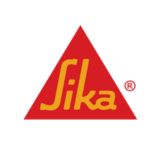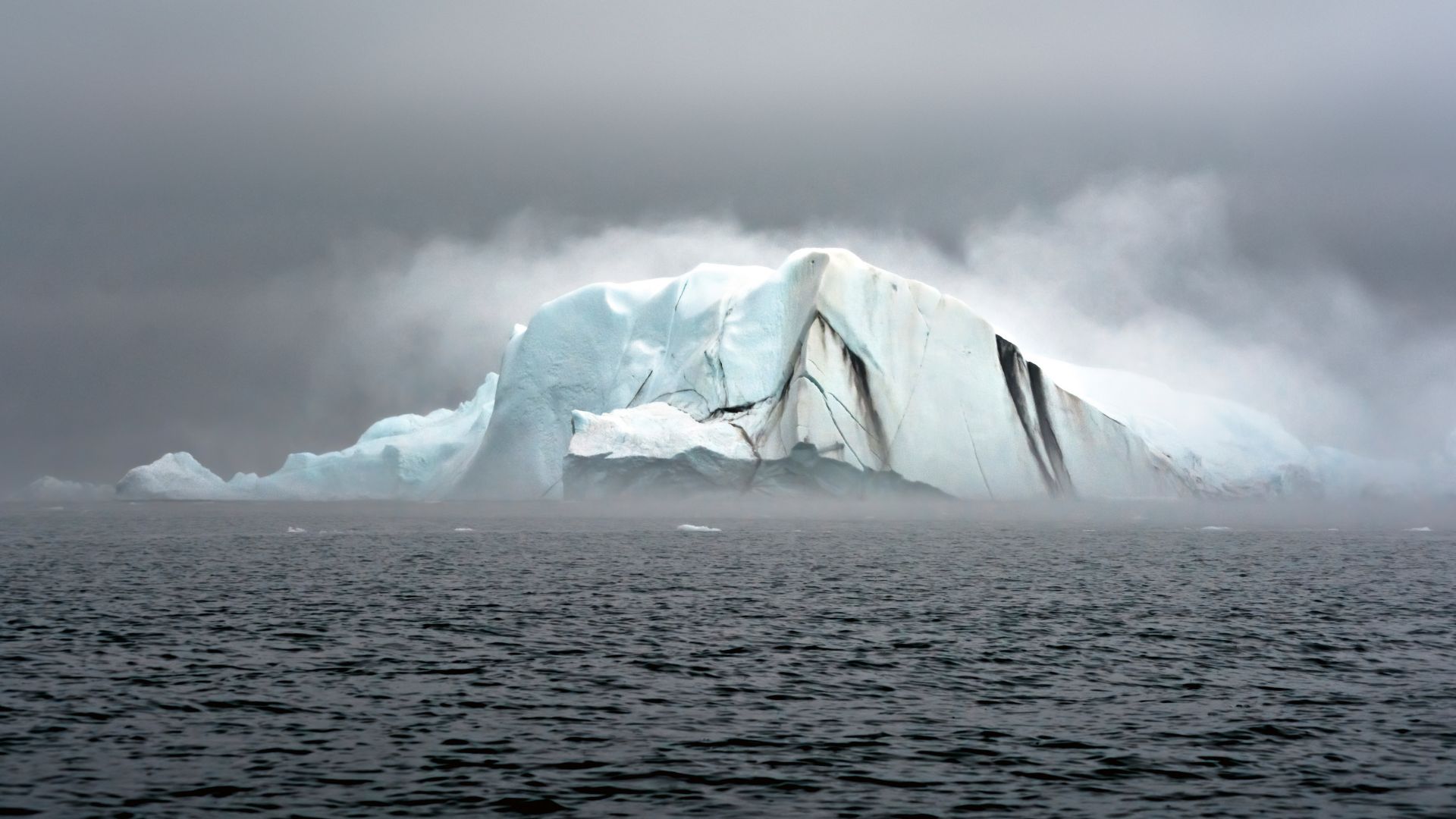Sika recognizes that climate change is having an impact on the world it is operating in. Therefore, this subject needs to be addressed in the strategic planning and risk management process. Evaluating climate-related risks and opportunities related to its business and developing appropriate response measures, are of vital importance to ensure a sustainable business continuity of the company. As a framework to disclose the impacts of climate change on Sika’s business and to increase the understanding of the related risks and opportunities, the Group has endorsed the recommendations of the Task Force on Climate-related Financial Disclosures (TCFD).
Sika is identifying and assessing the potential implications of plausible future scenarios. These scenarios allow Sika to develop an understanding of how various combinations of climate-related risks, both transition and physical risks, may affect the businesses, strategies, and financial performance over time.
The highest governance level of climate-related risks and opportunities is the Board of Directors. The Board’s responsibility is to review and endorse the development and implementation of sustainability policies and strategies. It is one of the main tasks of the Chair of the Board to steer and oversee climate-related topics. The Board of Directors has approved the Group’s long-term climate ambition to achieve net-zero greenhouse gas emissions by 2050.
Group Management is responsible for the development and implementation of initiatives and actions addressing climate change, in line with the defined sustainability strategy and targets.
The external Sustainability Advisory Board and the internal Sika Sustainability Committee ensure that climate-related aspects are adequately considered in the Group’s strategy and operations. The external Sustainability Advisory Board gives recommendations for the agenda setting on global level. The task of the internal Sika Sustainability Committee is to prepare the decision-making of the Group Management.
Identification, assessment and management of climate-related risks are integrated into multi-disciplinary company-wide risk identification, assessment, and management processes.
Information on specific climate-related risks is collected on regional level and consolidated on corporate level aligned with the overall strategy. Sika’s global management set-up drives and steers effective risk management. Unexpected environmental, climate-related disasters and economy fluctuation might have an impact on global and local markets. The governance structure fosters the build-up of expertise to catch and evaluate the impact of unexpected risks.
To evaluate the potential risks and opportunities of climate change impact including its upstream and downstream value chain, Sika has performed a high-level assessment of physical and transitional exposures.
Two scenario narratives have been considered in terms of global temperature rise by 2100:
- 2°C aligned with the Paris Agreement,
- 4°C corresponding to a “business as usual” scheme.
These scenarios are the most commonly used by the companies to describe the potential impacts of climate change. One of the scenarios illustrates fully executed climate-change mitigation, the other an environment with no mitigating measures or regulations. In line with the work of the IPCC (Intergovernmental Panel on Climate Change), they take into consideration different possible development scenarios for future greenhouse gas emissions.
There are several uncertainties in future climate predictions which includes unknown future emissions of greenhouse gases. The Group has chosen a projection horizon to 2030 which is aligned with its objective to reduce CO2 emissions by 50% until this year and represents a realistic view on this intermediate goal. The period 2021 to 2030 refers to the near future.
To complete this task, an internal cross-functional team has been set up which also relied on the advice of an external expert consultant in this field.
Both scenario narratives present strategic risks and opportunities based upon assumptions which consider research done by organizations such as International Energy Agency (IEA), Intergovernmental Panel on Climate Change, or World Business Council for Sustainable Development (WBCSD).
Physical Risks
Sika assumes that business impacts due to physical risks are similar for both scenarios until 2030. Physical risks have a higher probability to impact global water situation, raw materials and energy supply. This may lead to an increase in raw material and manufacturing costs. Increased frequency of extreme weather event would cause increased incidence of disruption in the manufacturing and distribution networks. Acute water stress would affect the water supply and limit production capacity in water stressed areas.
The Group has set up action plans to mitigate the climate-related physical impacts. These include extended cooperation with suppliers to validate alternative raw materials and work on improved product formulations. A global energy efficiency program including local roadmaps is in place to reduce energy intensity and decrease greenhouse gas emissions in the operating units by 50% until 2030. The identification of Sika’s countries at risk of water scarcity and the related action plan will be done in 2021.
Transitional Risks
The analysis shows that there likely will be differences in transitional risks in the two scenarios. Under the Paris Agreement scenario narrative (2°C), macro shifts will be required to move to a low-carbon economy such as policy and regulatory changes (adoption of local carbon pricing, incentives for renewable energy use, etc.) which will lead to raw material and manufacturing cost increases.
Global construction growth is expected to continue with more stringent standards for construction processes and product certifications.
The construction sector will be impacted by increased stakeholder and customer concerns with increased priority on sustainable products and solutions.
This will impact revenue and growth projections, as well as indirectly influence business in many other areas, such as community engagement and employee attraction.
Under the “business as usual” scenario narrative, the above assumptions and impacts will be less pronounced such as no harmonized carbon taxes implementation, less decarbonizing trends, lower awareness of severe consequences of climate change and less priority on purchasing sustainably grown products and solutions.
RISK DESCRIPTION | RISK MITIGATION | PERFORMANCE INDICATORS |
Transitional risk: more stringent regulations enforced on CO2 emissions
|
| In place
Planned
|
Transitional risk: Changing customer preferences |
| Planned
|
Transitional risk: Electricity supply disruption and price increase |
| In place
|
Physical risk: depletion of raw materials |
| Planned
|
Physical risk: global water situation
|
| In Place
Planned
|
Sika is accelerating its efforts to drive the transition to a low-carbon economy. The Group continues to increase the use of renewable energy sources in its own operations and enables, through its SPM based “More Performant More Sustainable” driven products and solutions, customers to improve their own environmental footprint. Sika will continuously launch products with sustainability benefits combined with enhanced performance, including product (re-) formulations with less emitting materials and contributions to a circular economy, amongst others. Financial planning on group and local level is more intensively pointing towards mitigating climate-related risks and towards continuously enabling sustainable construction and transportation.
The work started in 2020 confirms the importance of further understanding causes, development and effects of climate change on the Group strategy. Climate-change time horizons are challenging, as they are significantly longer than political terms, investor outlooks and planning cycles.
This analysis demonstrates that both scenario narratives present financial risks and market opportunities and that actions taken by Sika to mitigate risks and capture opportunities will contribute to the resilience of the organization’s long-term performance. In this regard, strategic climate-related risk management for Sika is always linked to business opportunities from a market perspective.
The company continues to develop the climate scenarios narrative assessment next year and onwards by for example, giving more details on impacts related to geography and core technology.
Sika pursues its collaboration with the World Business Council for Sustainable Development (WBCSD) which gathers experiences from several leading companies on climate-related risks and opportunities.

